Mixing it up: O CÉU is a new Eurocentric modern furniture brand
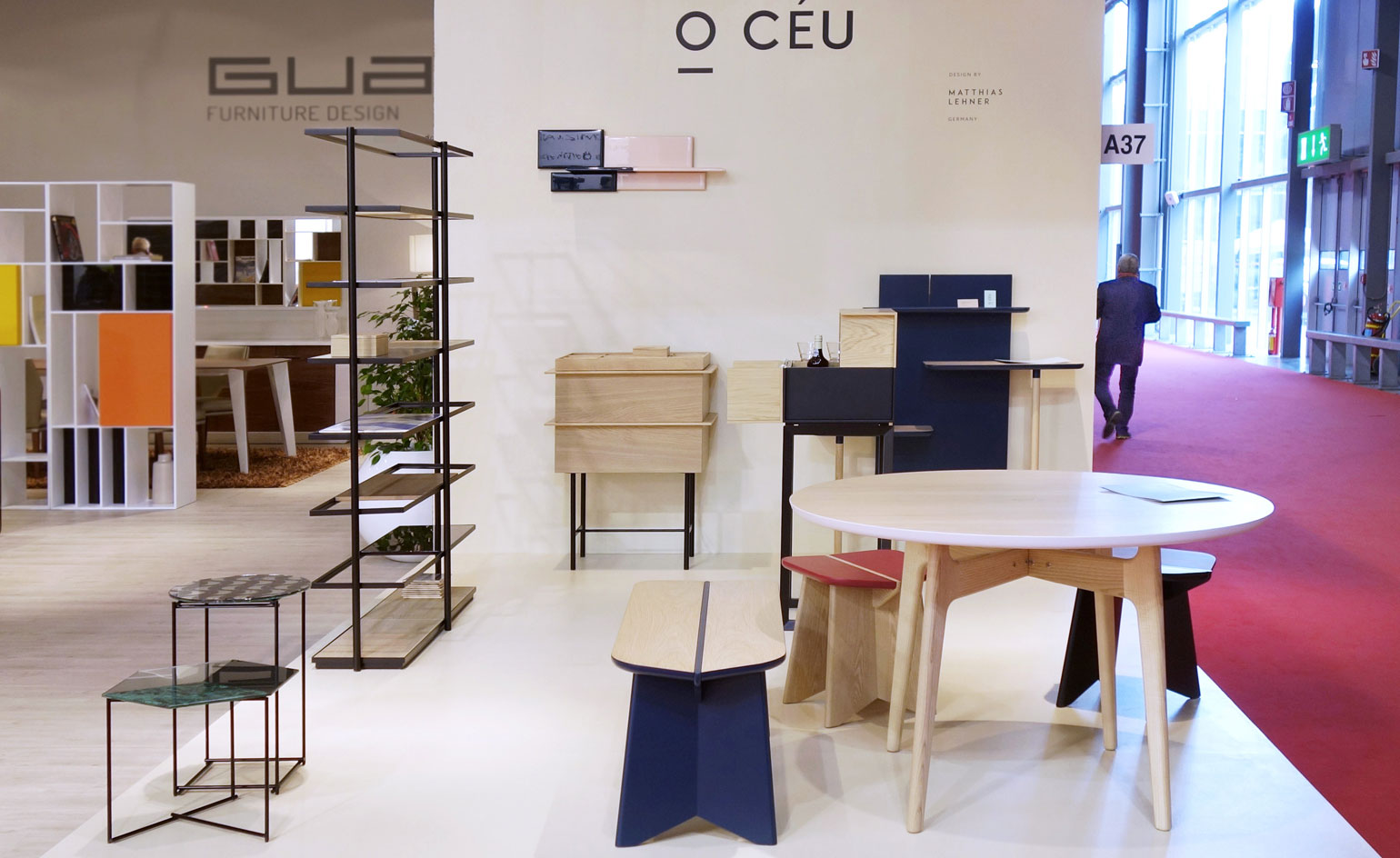
In an unusual design collaboration that melds the aesthetics of German designer Matthias Lehner with the manufacturing of Portuguese brand Gual, O CÉU is a new furniture company, launched at Salone del Mobile, that embraces all the best parts of the European design spectrum.
‘The vision for the new brand was driven by the combination of Portuguese heritage and a "New Nordic" design language,’ is the explanation given to us by Lehner, the creative director of O CÉU. This mash-up of northern, western and southern European influences is tricky to make sense of; but it somehow totally works for the inaugural collection. In the hope of bridging the gap between Portuguese and German design, Lehner utilises the countries' cultural heritages, mixing them with Scandinavian minimalism and a strong modernist streak.
Lehner was initially immersed in Gual’s high craft after winning the 'Art on Chairs' design competition in northern Portugal. From there he channelled its traditions – like stone mosaics and intarsia marquetry – throughout the ten-piece collection, which includes tables, chairs and shelving. Lehner also embraced cultural symbols such as the andorinhas – the sweet swallow that artist Rafael Bordalo Pinheiro popularised as a motif for the country – engraving it onto many pieces in the O CÉU collection.
The designer also explains that many of the pieces are imbued with ‘a small sense of irony and humour' – a result, perhaps of Lehner's German design heritage. This aesthetic is spread across our favourites from the range, such as a modernist cabinet bar, 'Douro', that appears as a modular storage box on high legs, but opens to reveal a compact, travel-friendly bar. Equally as quirky, the ‘Olá’ shelving system and graphic ‘Cantina’ benches and stools arrive in contrasting painted wooden hues, from a deep teal to creamy orange, and classic black and white.
Lehner has previously designed for the likes of Vista Alegre and Studio Christian Haas. For O CÉU (Portuguese for ‘the sky’), he explains, he intends to convey a positive, open and joyful vibe, evinced across the curves, patterns and experimental directions of the new collection.
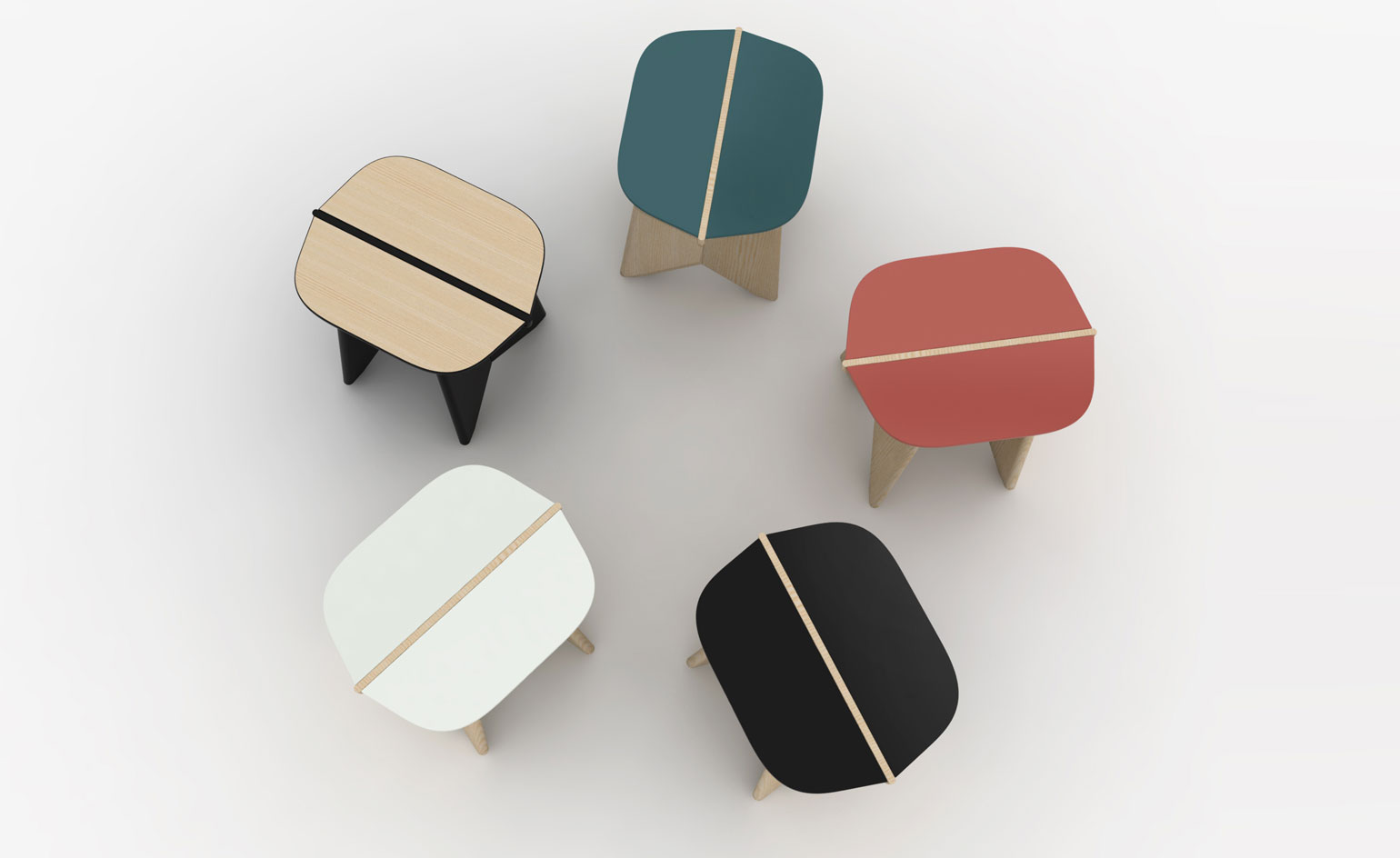
‘The vision for the new brand was driven by the combination of Portuguese heritage and a "New Nordic" design language,’ says creative director Lehner
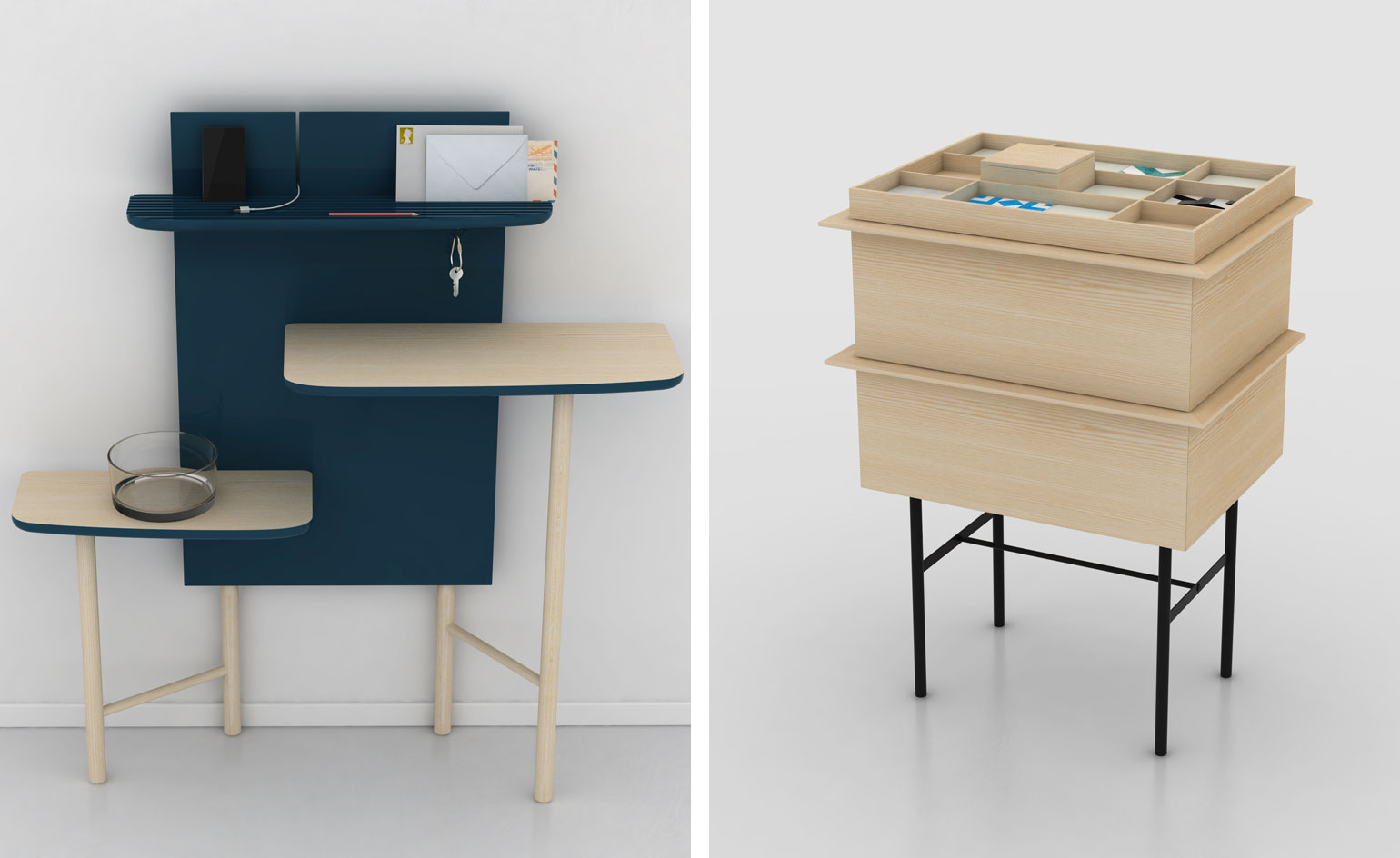
In the hope of bridging the gap between Portuguese and German design, Lehner utilises the countries’ cultural heritages, mixing them with Scandinavian minimalism and a strong modernist streak. Pictured left: ’Olá’ shelving unit. Right: ’Collage’ sideboard
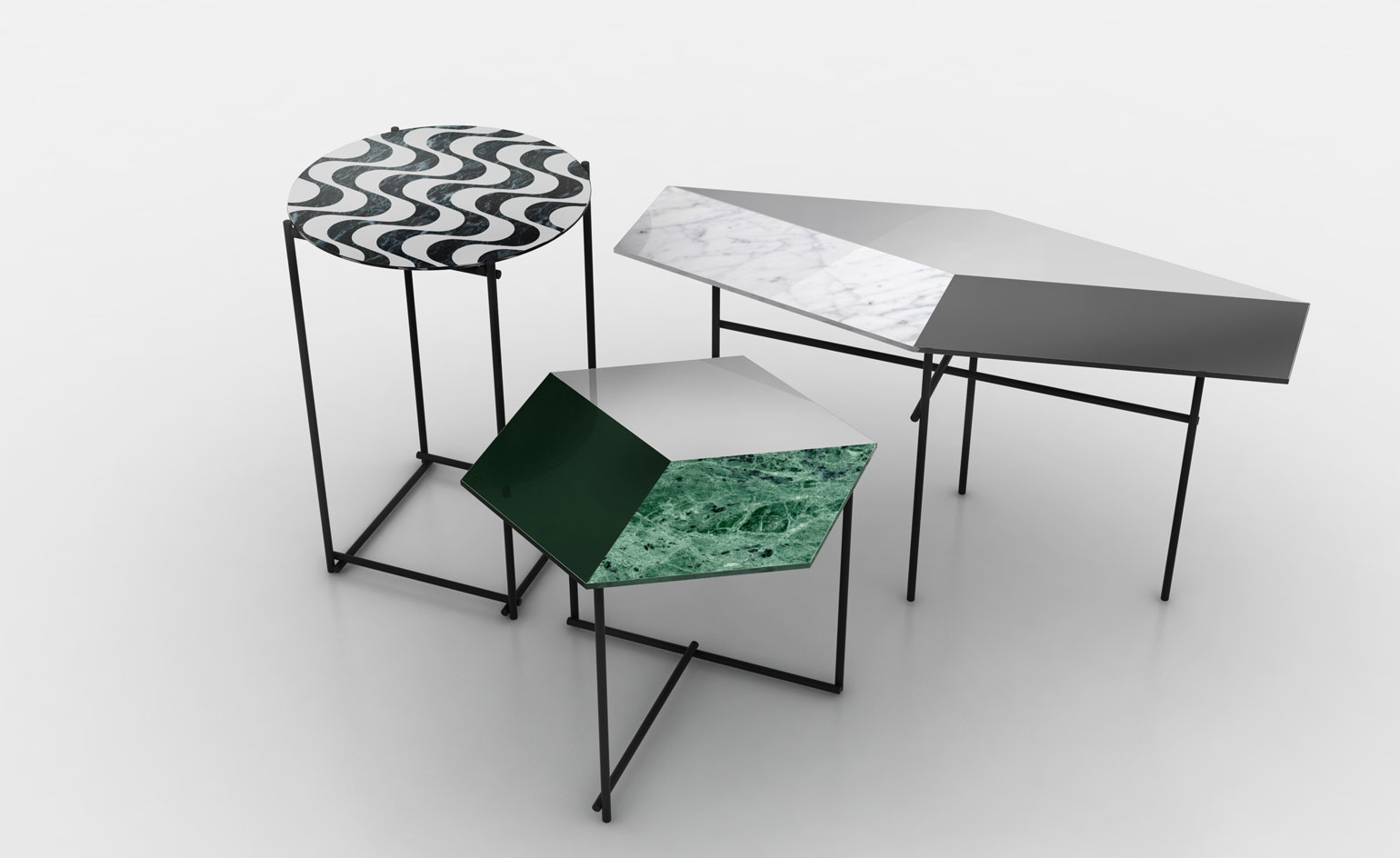
Munich-based Lehner channeled Portuguese traditions like stone mosaics and intarsia marquetry throughout the ten-piece collection
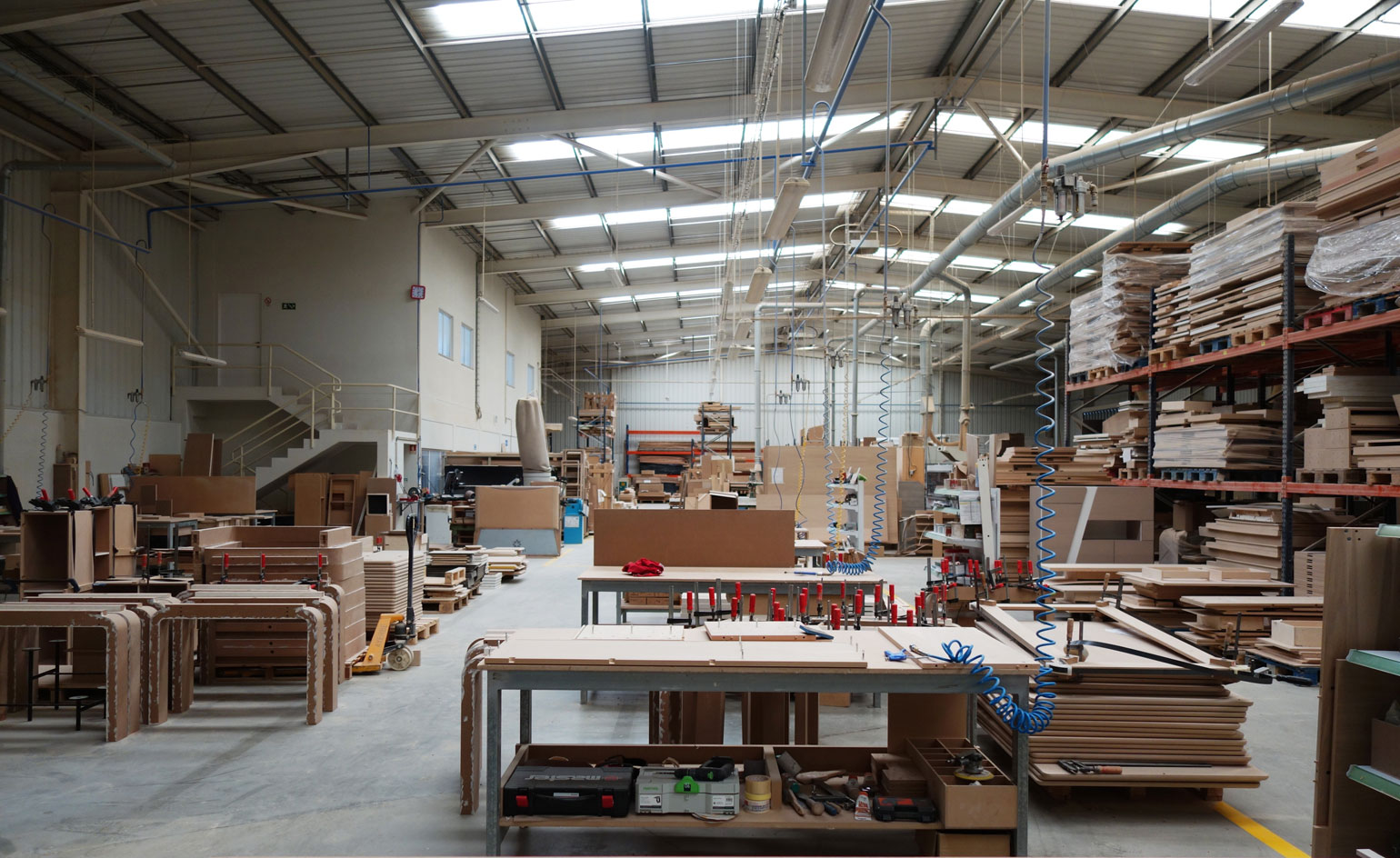
Lehner also embraced cultural symbols such as the andorinhas – the sweet swallow that artist Rafael Bordalo Pinheiro popularised as a motif for the country – engraving it onto many pieces in the O CÉU collection. Pictured: the manufacturing house of Gual
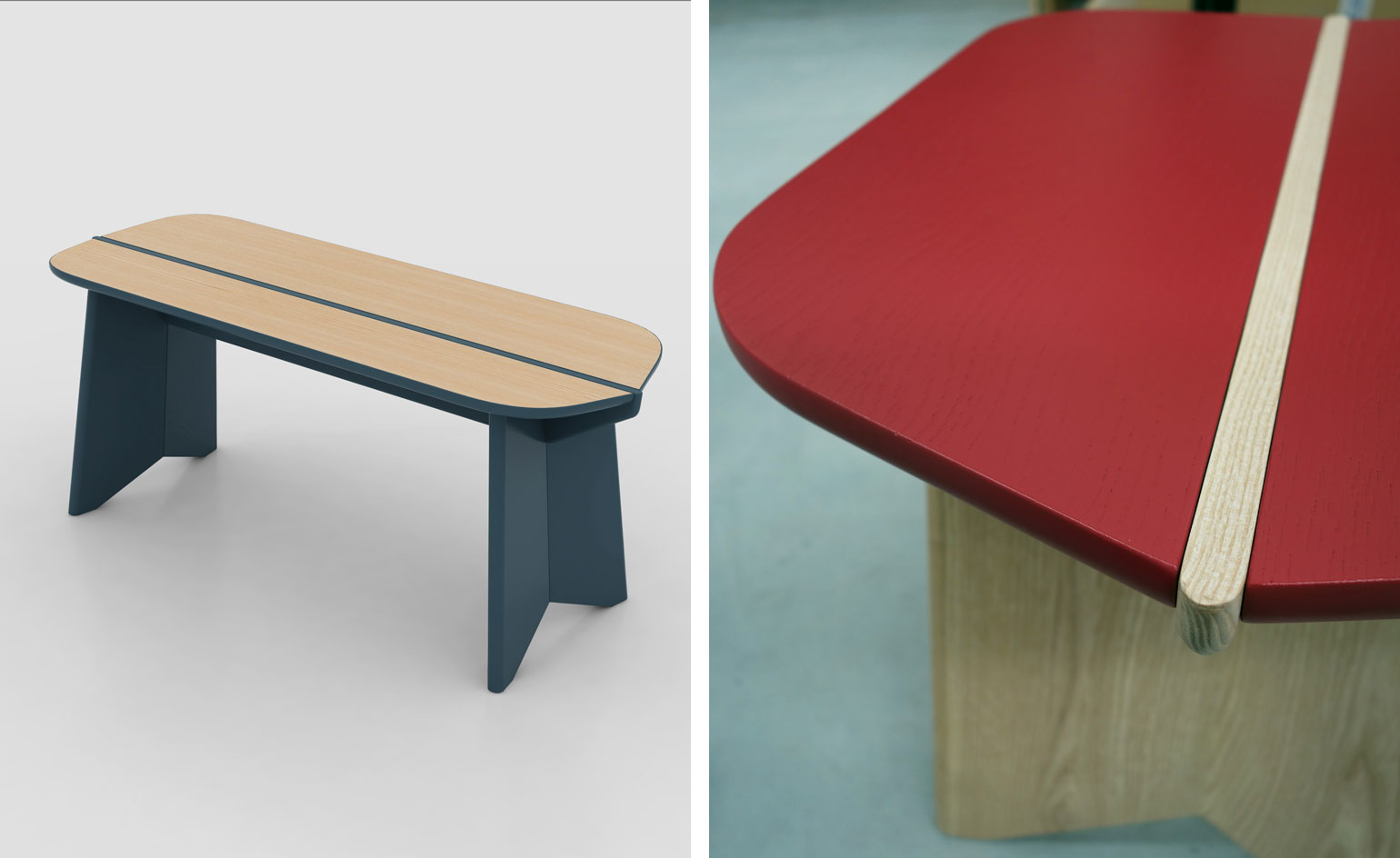
The graphic ‘Cantina’ benches and stools arrive in contrasting painted wooden hues, from a deep teal to creamy orange, and classic black and white, imbued with warmth and humour
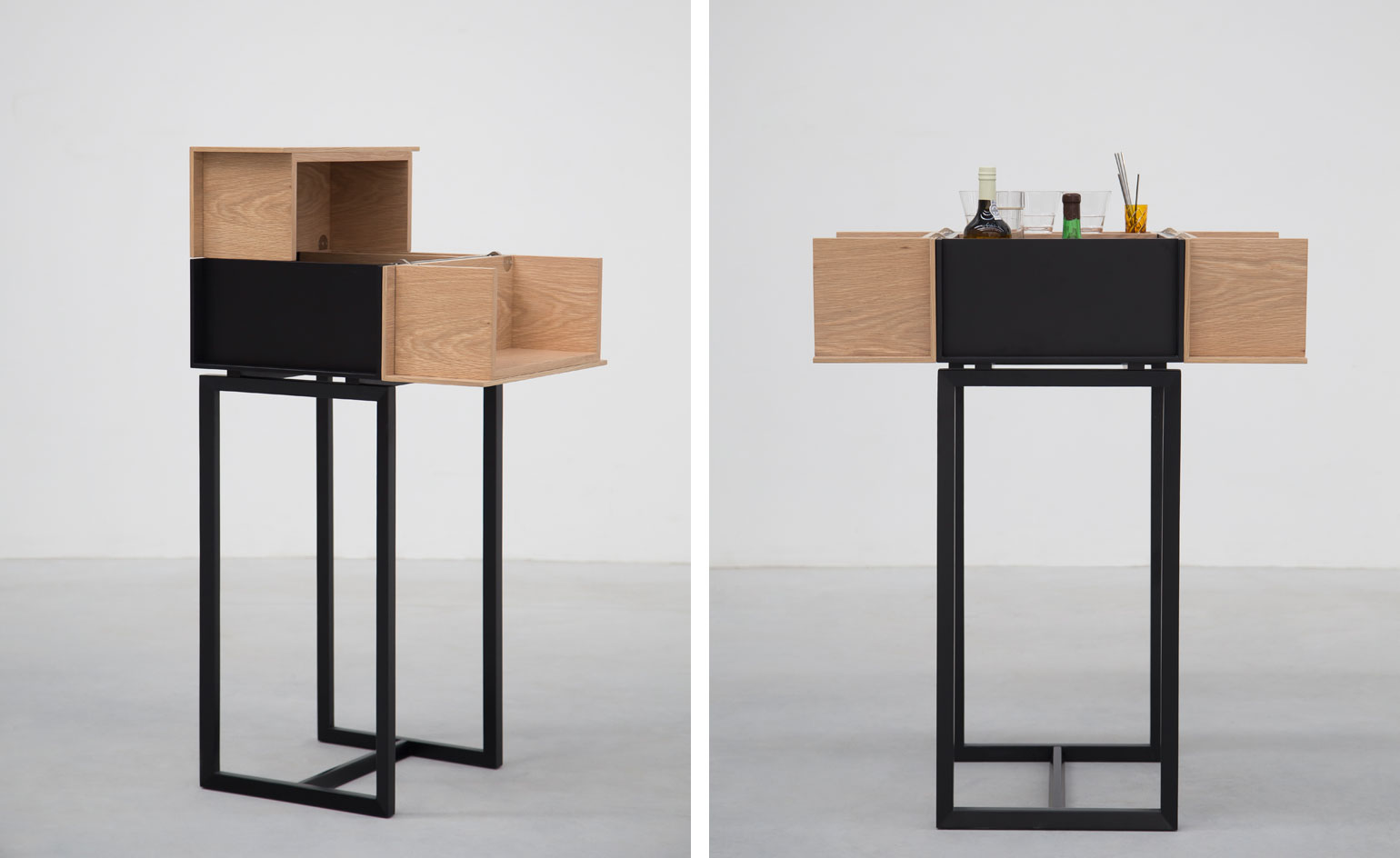
A modernist cabinet bar, ’Douro’, appears as a modular storage box on high legs, but opens to reveal a compact, travel-friendly bar
INFORMATION
For more information, visit the O CÉU website
Wallpaper* Newsletter
Receive our daily digest of inspiration, escapism and design stories from around the world direct to your inbox.
Sujata Burman is a writer and editor based in London, specialising in design and culture. She was Digital Design Editor at Wallpaper* before moving to her current role of Head of Content at London Design Festival and London Design Biennale where she is expanding the content offering of the showcases. Over the past decade, Sujata has written for global design and culture publications, and has been a speaker, moderator and judge for institutions and brands including RIBA, D&AD, Design Museum and Design Miami/. In 2019, she co-authored her first book, An Opinionated Guide to London Architecture, published by Hoxton Mini Press, which was driven by her aim to make the fields of design and architecture accessible to wider audiences.
-
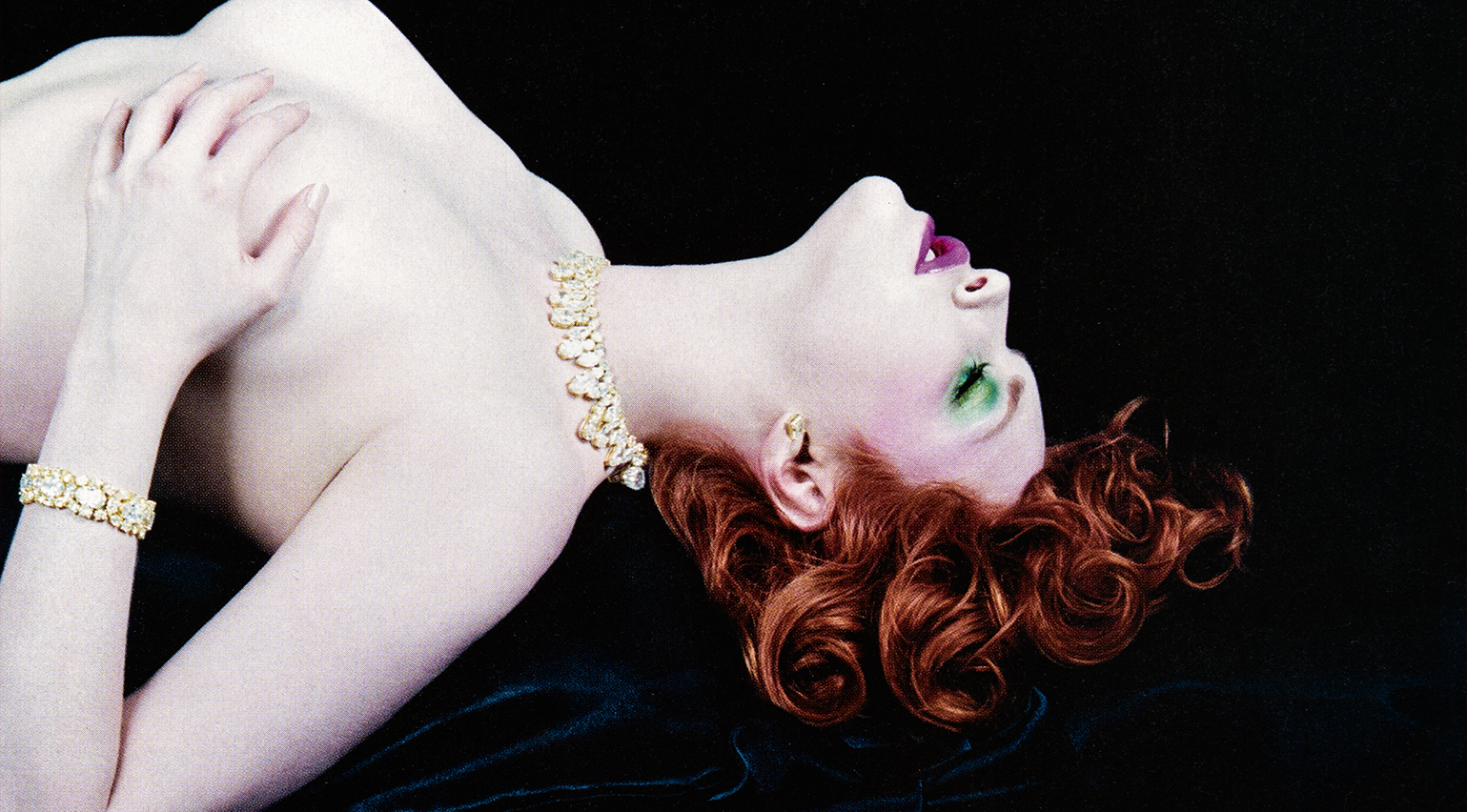 Sex, scent and celebrity: what perfume ads of the 2000s reveal about consumer culture today
Sex, scent and celebrity: what perfume ads of the 2000s reveal about consumer culture todayIn All-American Ads of the 2000s, the latest instalment of Taschen’s book series chronicling print advertising across ten decades, a section on perfume is a striking precursor for consumerism in the age of social media
-
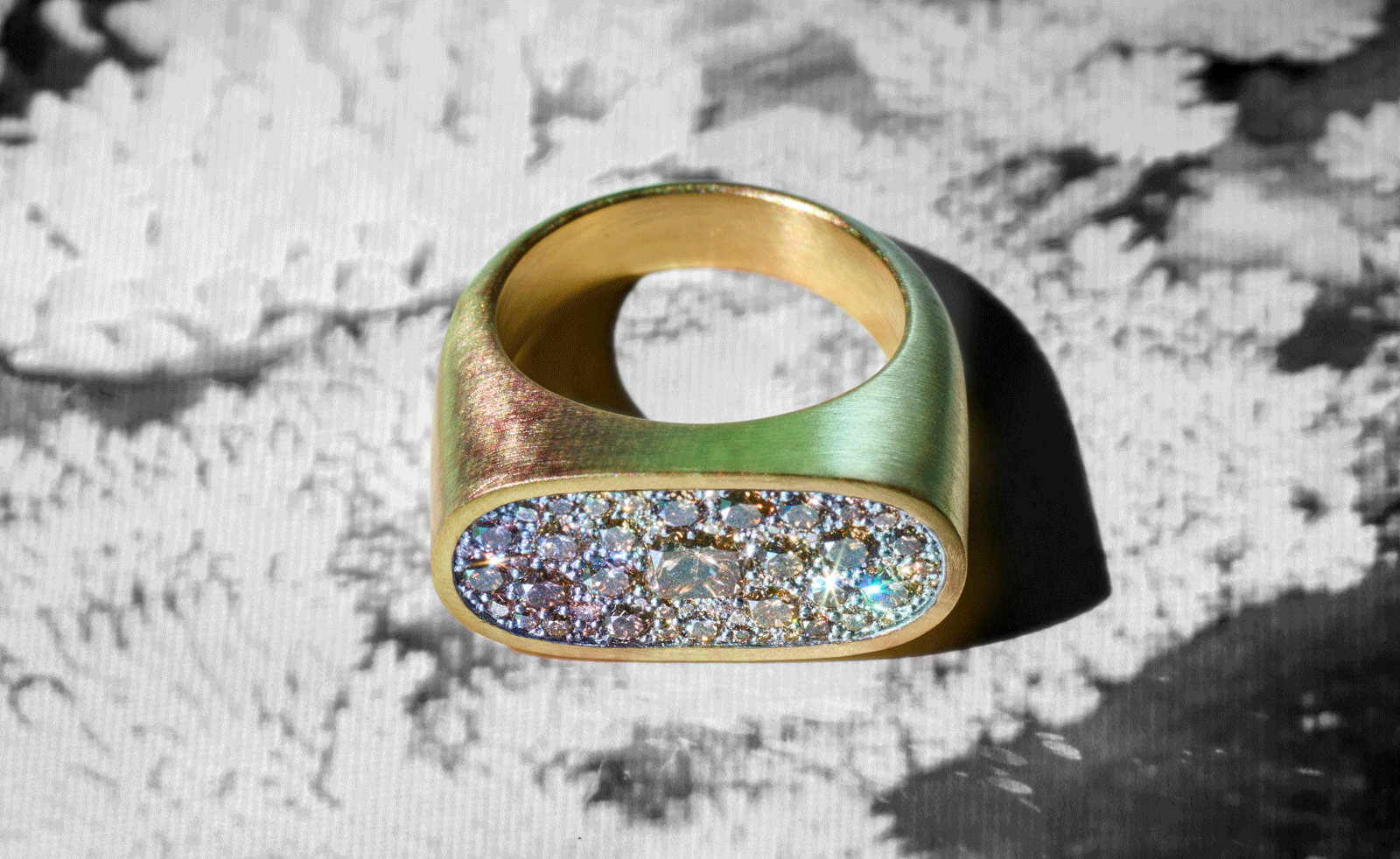 Shola Branson draws from the antique and modern for his must-have jewellery pieces
Shola Branson draws from the antique and modern for his must-have jewellery piecesShola Branson's jewellery in SMO gold combines a range of eclectic influences
-
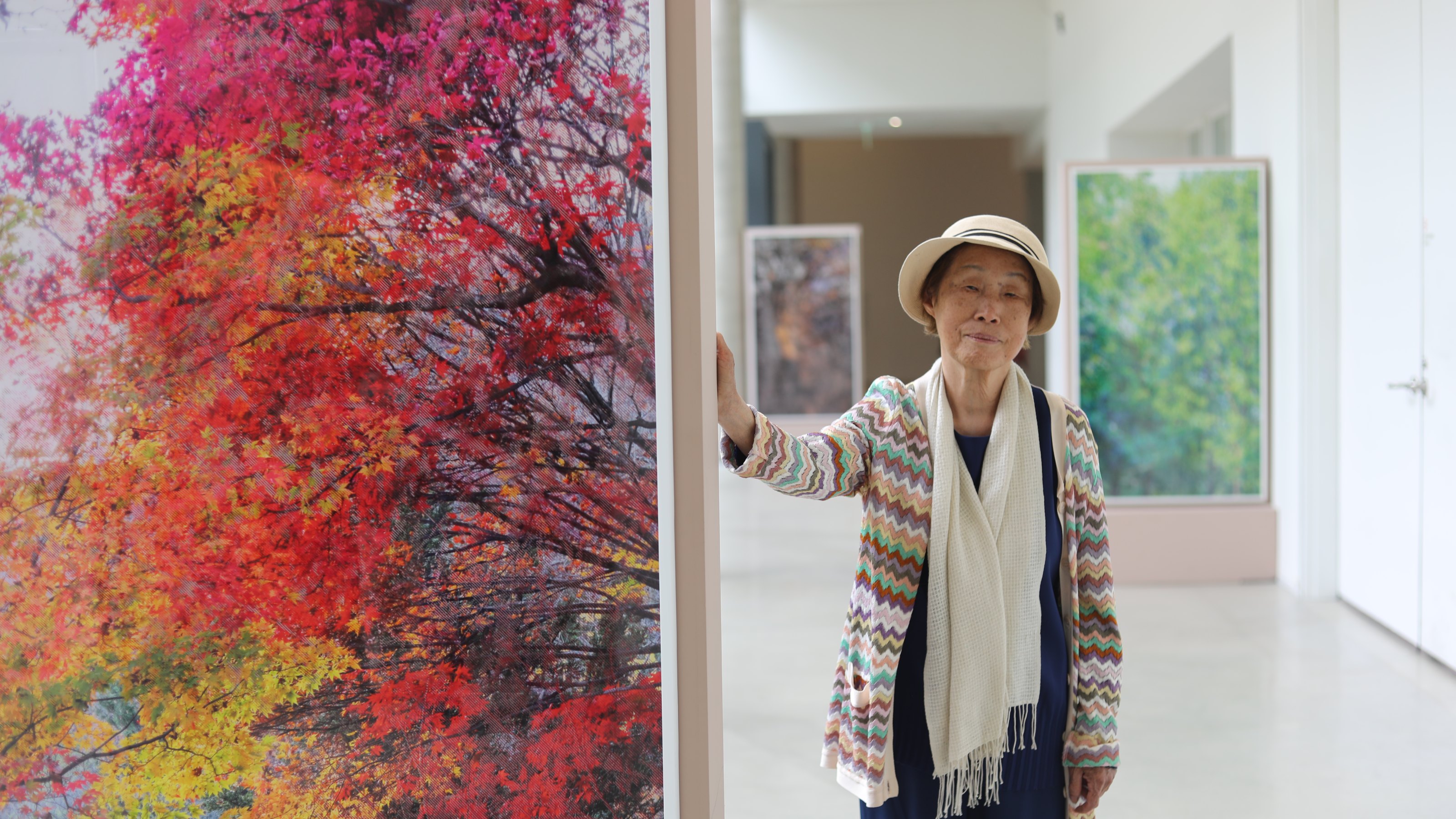 The exquisite landscape architecture of Jung Youngsun is celebrated at SMAC in Venice
The exquisite landscape architecture of Jung Youngsun is celebrated at SMAC in VeniceTimed to coincide with the Venice Biennale, the new San Marco Art Centre opened with a show on the work of South Korean landscape architect Jung Youngsun
-
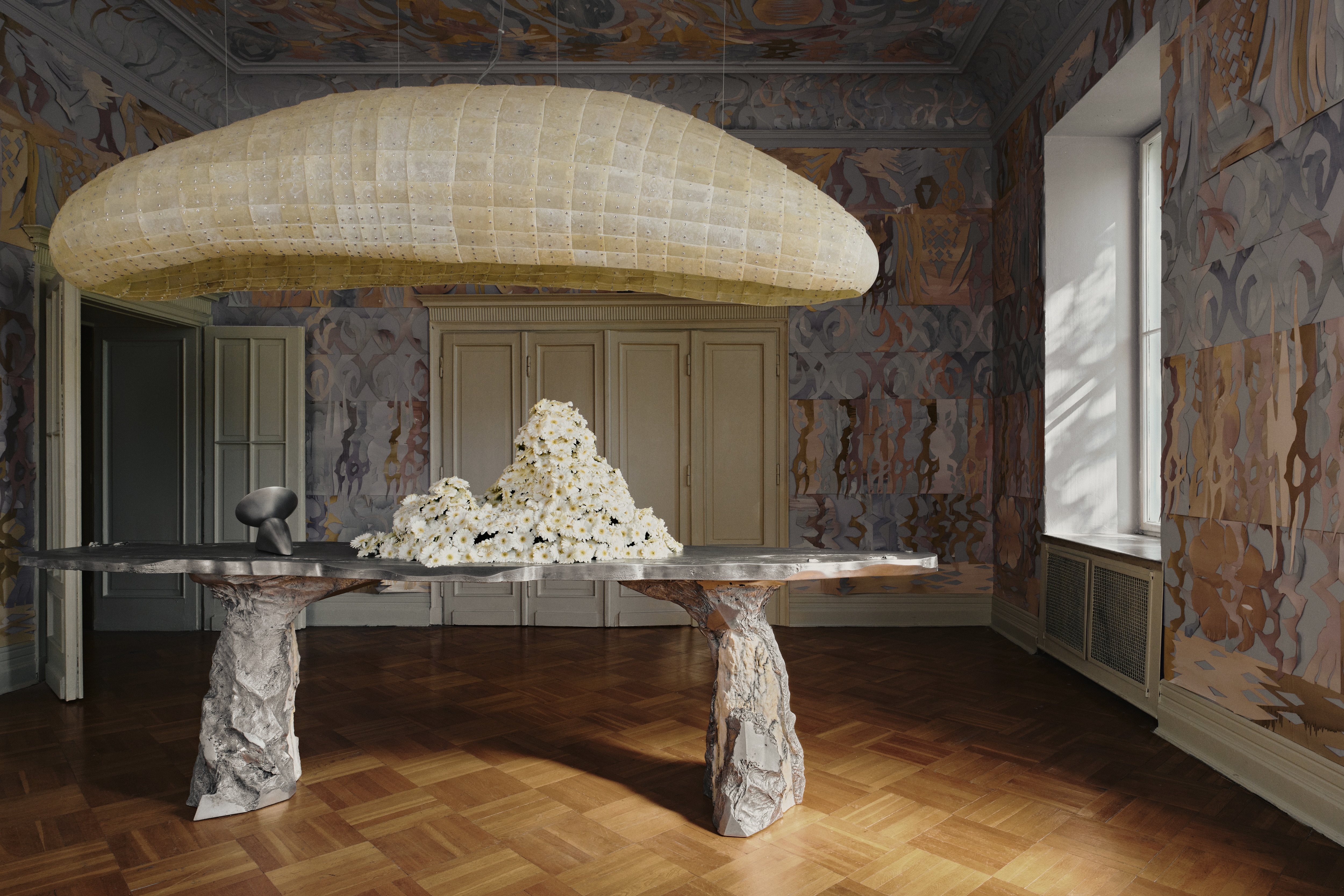 ‘Romantic brutalism’ rethinks Polish craft
‘Romantic brutalism’ rethinks Polish craftAn exhibition in Warsaw gives local makers their due, looking inside the burgeoning world of Polish design
-
 Eight designers to know from Rossana Orlandi Gallery’s Milan Design Week 2025 exhibition
Eight designers to know from Rossana Orlandi Gallery’s Milan Design Week 2025 exhibitionWallpaper’s highlights from the mega-exhibition at Rossana Orlandi Gallery include some of the most compelling names in design today
-
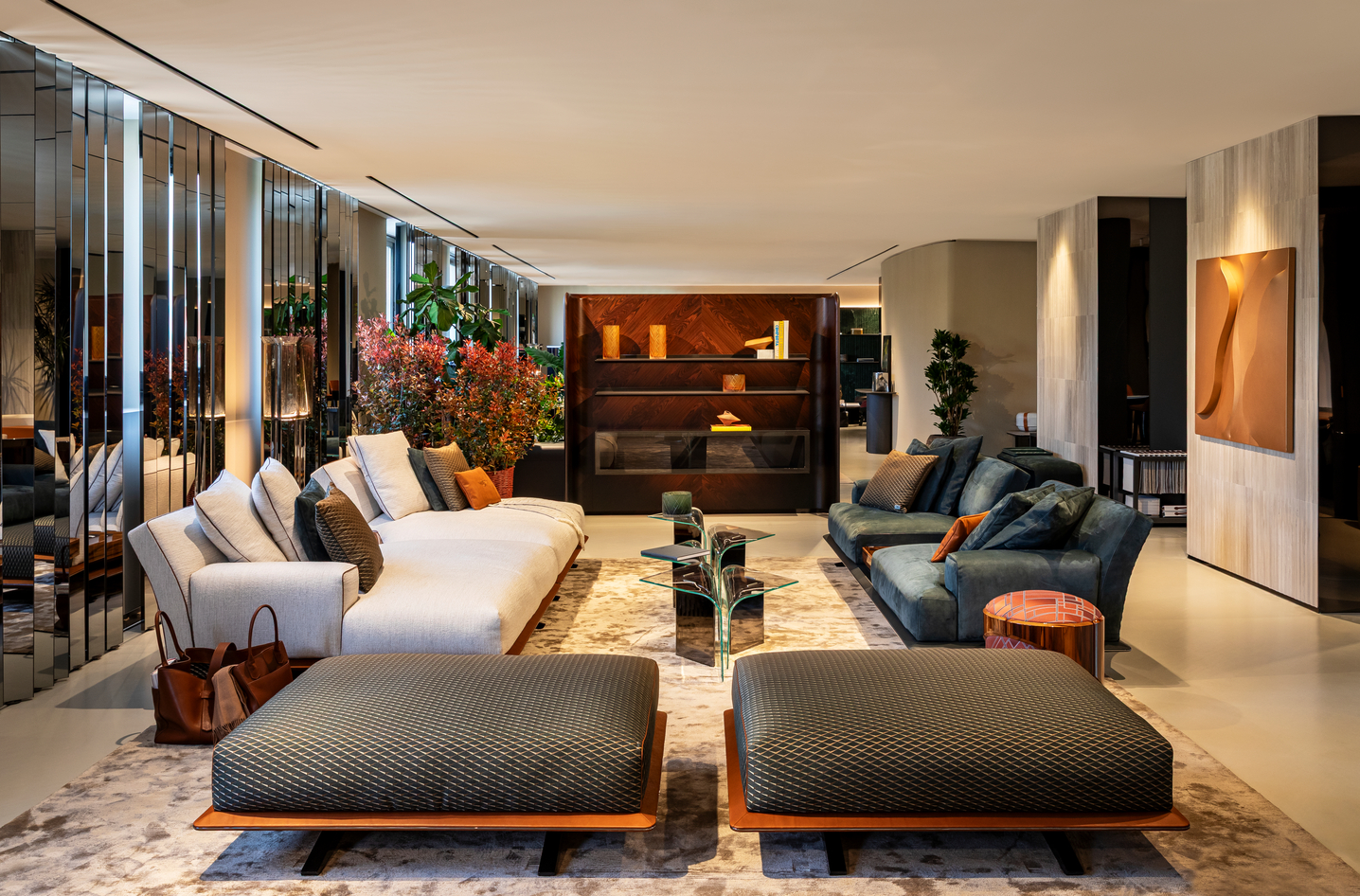 Bentley’s new home collections bring the ‘potency’ of its cars to Milan Design Week
Bentley’s new home collections bring the ‘potency’ of its cars to Milan Design WeekNew furniture, accessories and picnic pieces from Bentley Home take cues from the bold lines and smooth curves of Bentley Motors
-
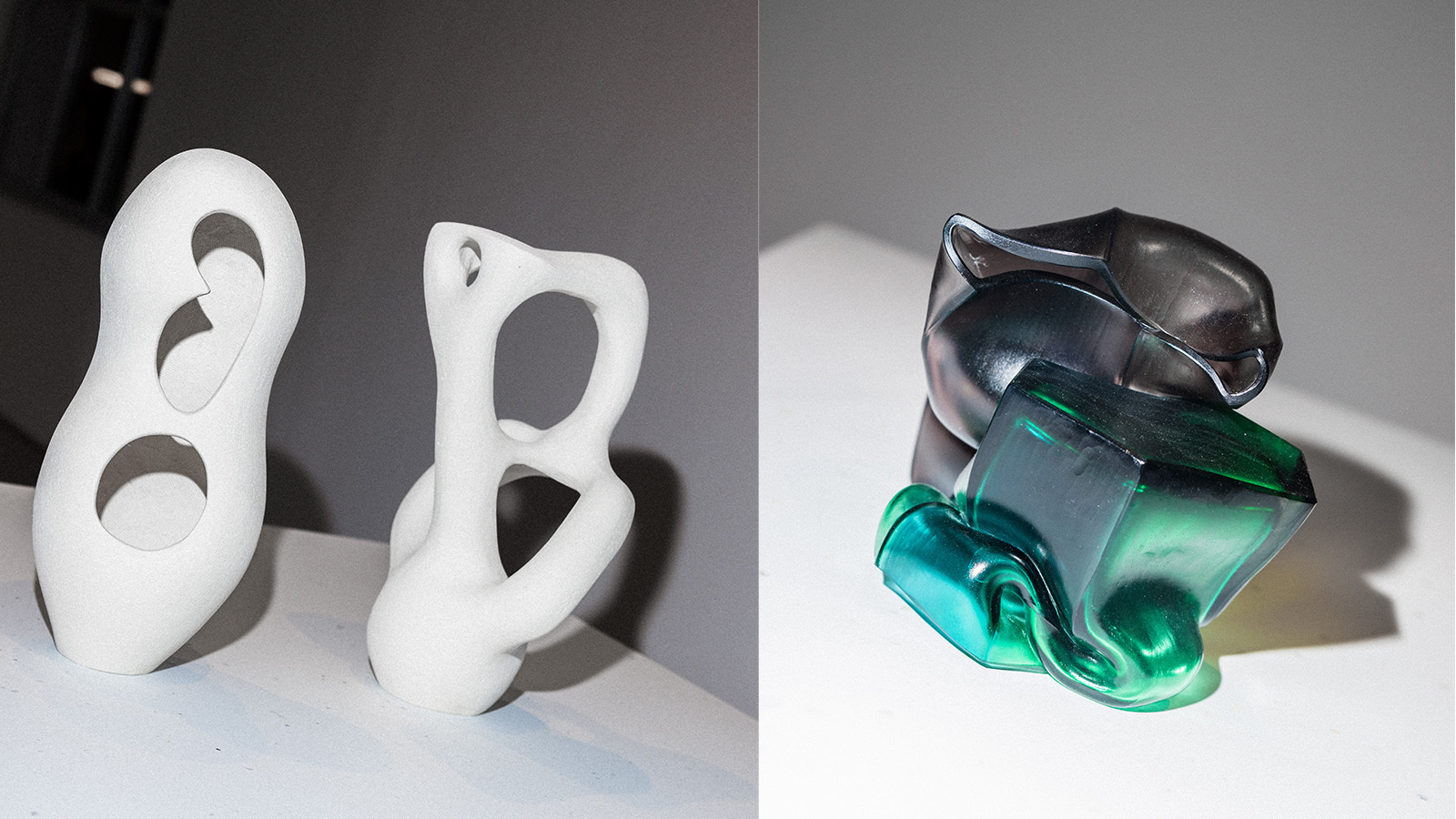 StoneX partners with Wallpaper* for material alchemy at Milan Design Week and beyond
StoneX partners with Wallpaper* for material alchemy at Milan Design Week and beyondThe natural stone purveyor teams up with Wallpaper* for a three-year partnership of material adventures, starting with an exhibition at Triennale di Milano
-
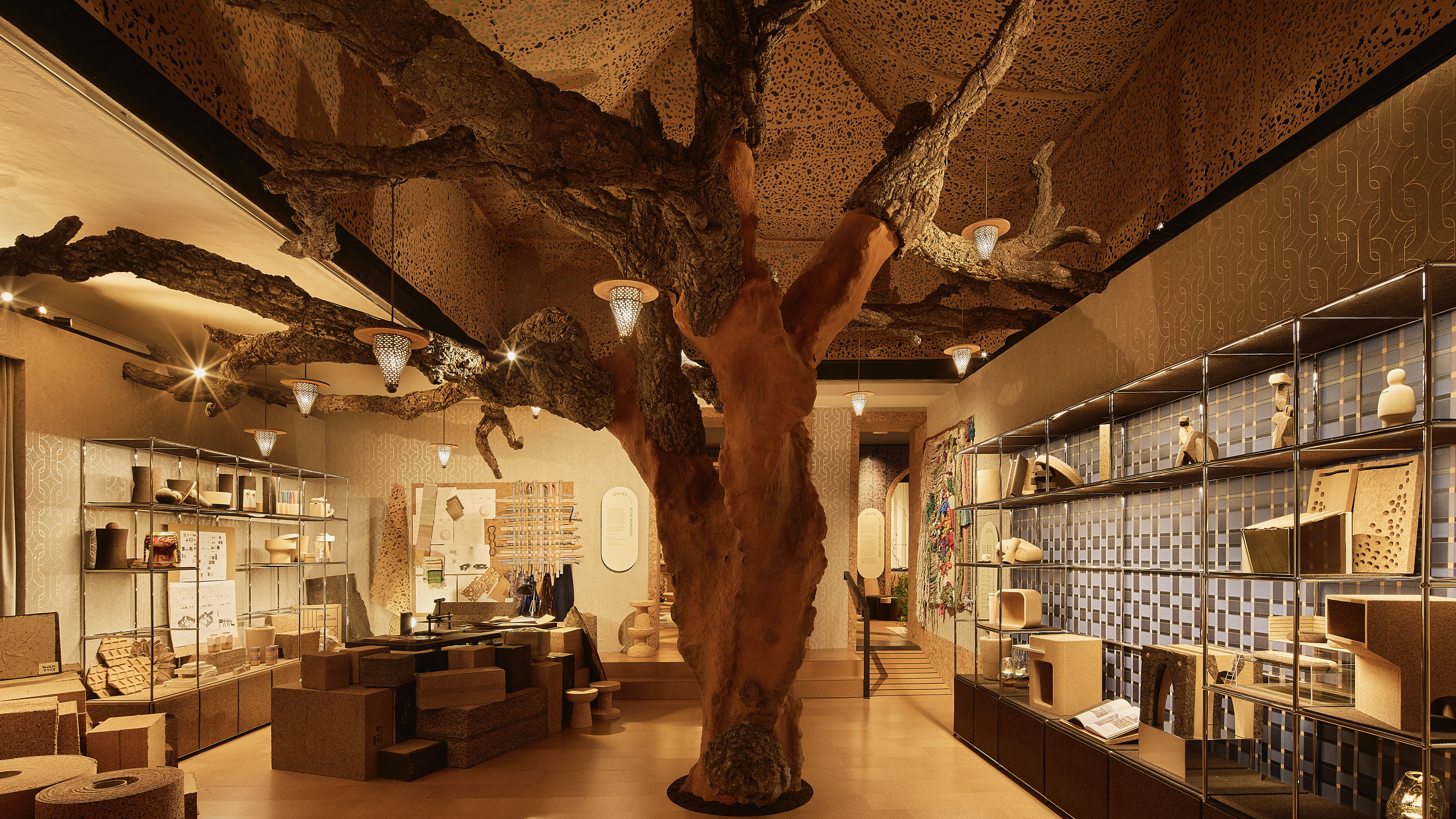 David Rockwell’s Milan Design Week presentation is a love letter to cork
David Rockwell’s Milan Design Week presentation is a love letter to corkRockwell Group’s Casa Cork installation showcases this under-appreciated material, which is infinitely recyclable and sequesters carbon for decades
-
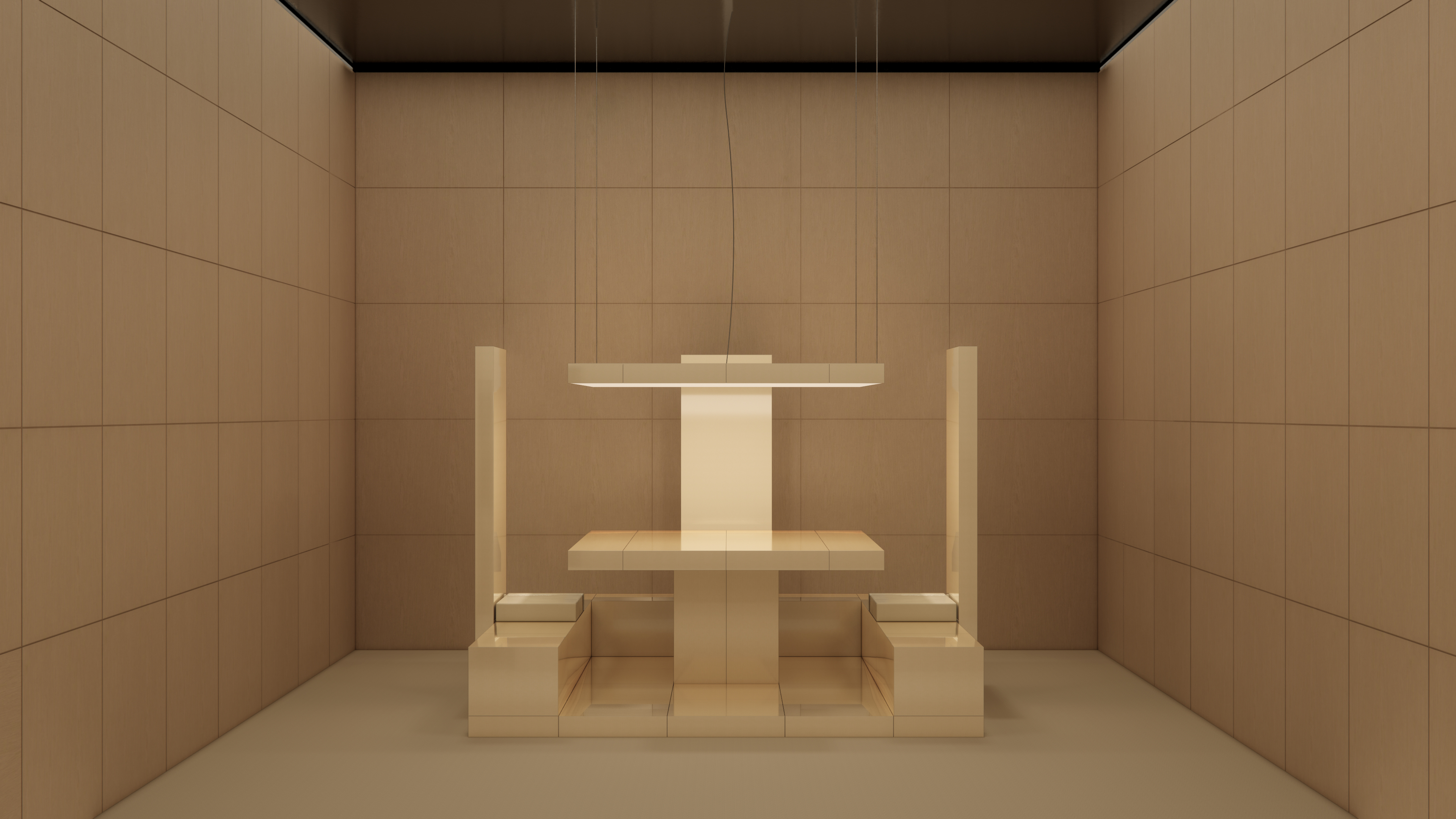 Emerging galleries to discover during Milan Design Week
Emerging galleries to discover during Milan Design WeekWallpaper’s Milan editor has the inside track on the younger design galleries coming to town
-
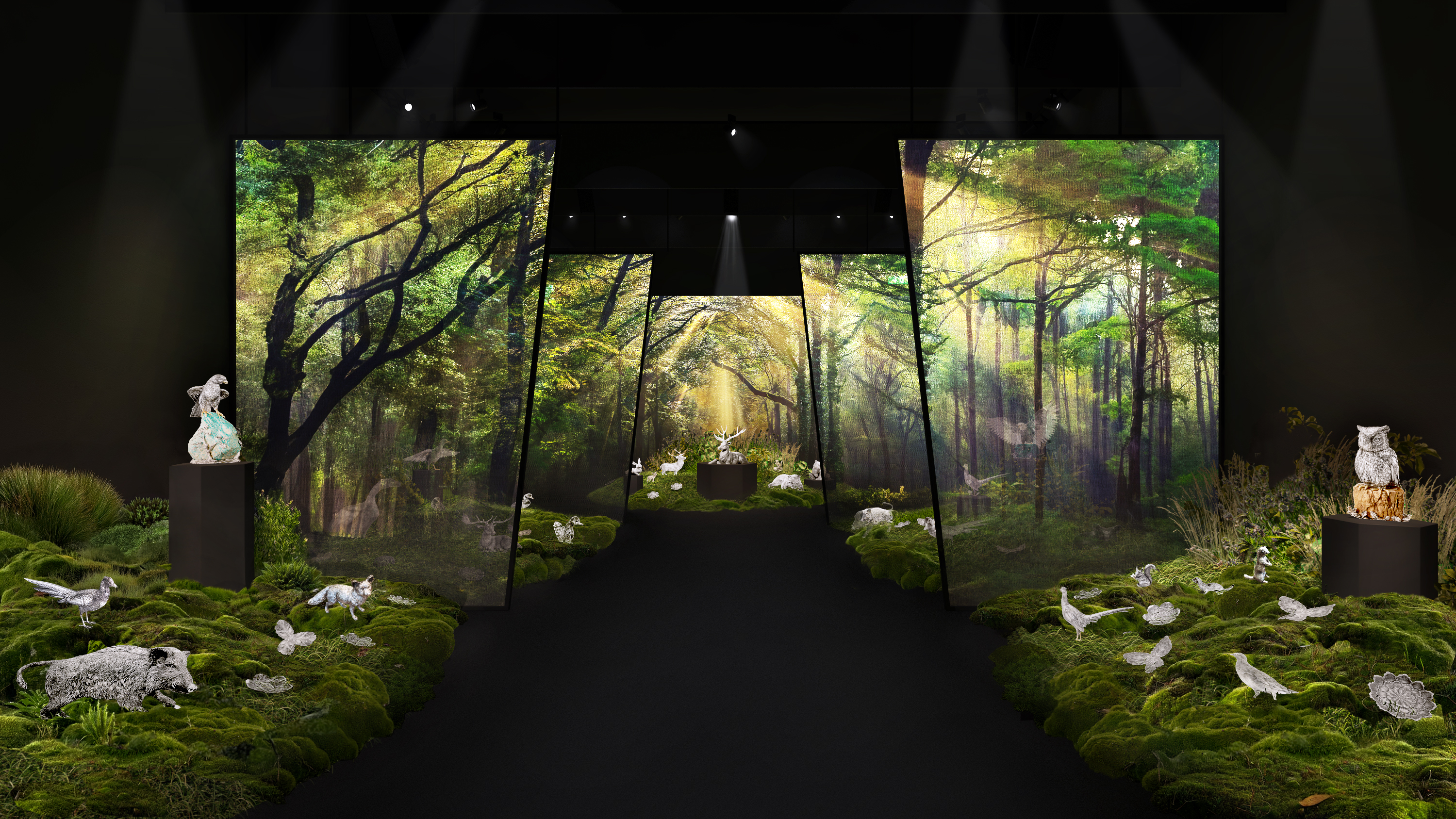 Buccellati brings the forest and Furry Animals to Milan Design Week
Buccellati brings the forest and Furry Animals to Milan Design WeekThe jewellery and silverware maison falls back on tradition for its Milan showcase, presenting its now-emblematic collection of intricately crafted creatures
-
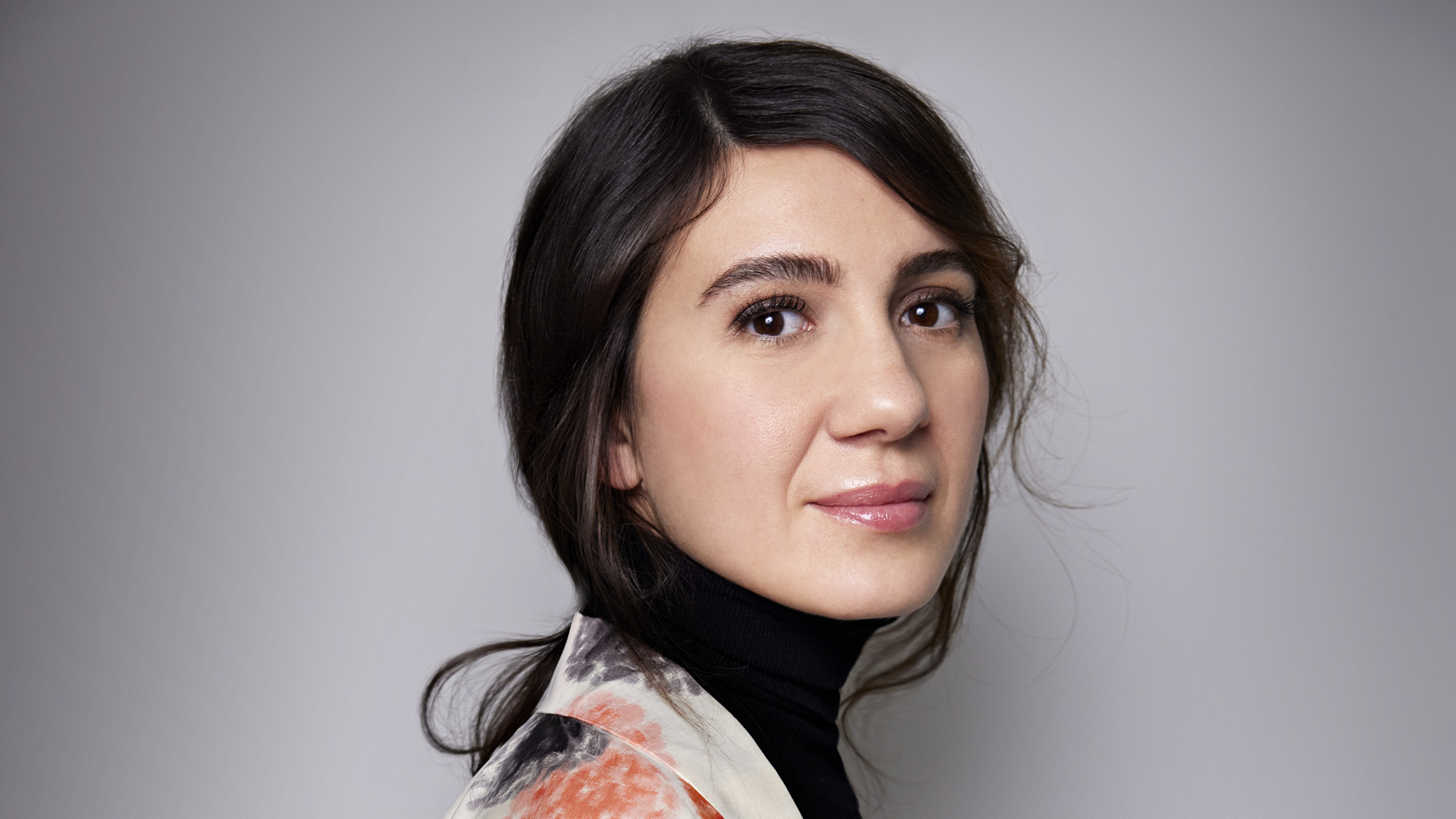 Where next for Salone del Mobile? Maria Porro on the future of the world’s biggest furniture fair
Where next for Salone del Mobile? Maria Porro on the future of the world’s biggest furniture fairAhead of Salone del Mobile 2025 in Milan, we sit down with its president to talk design, data and forging the event’s future in a fast-changing world